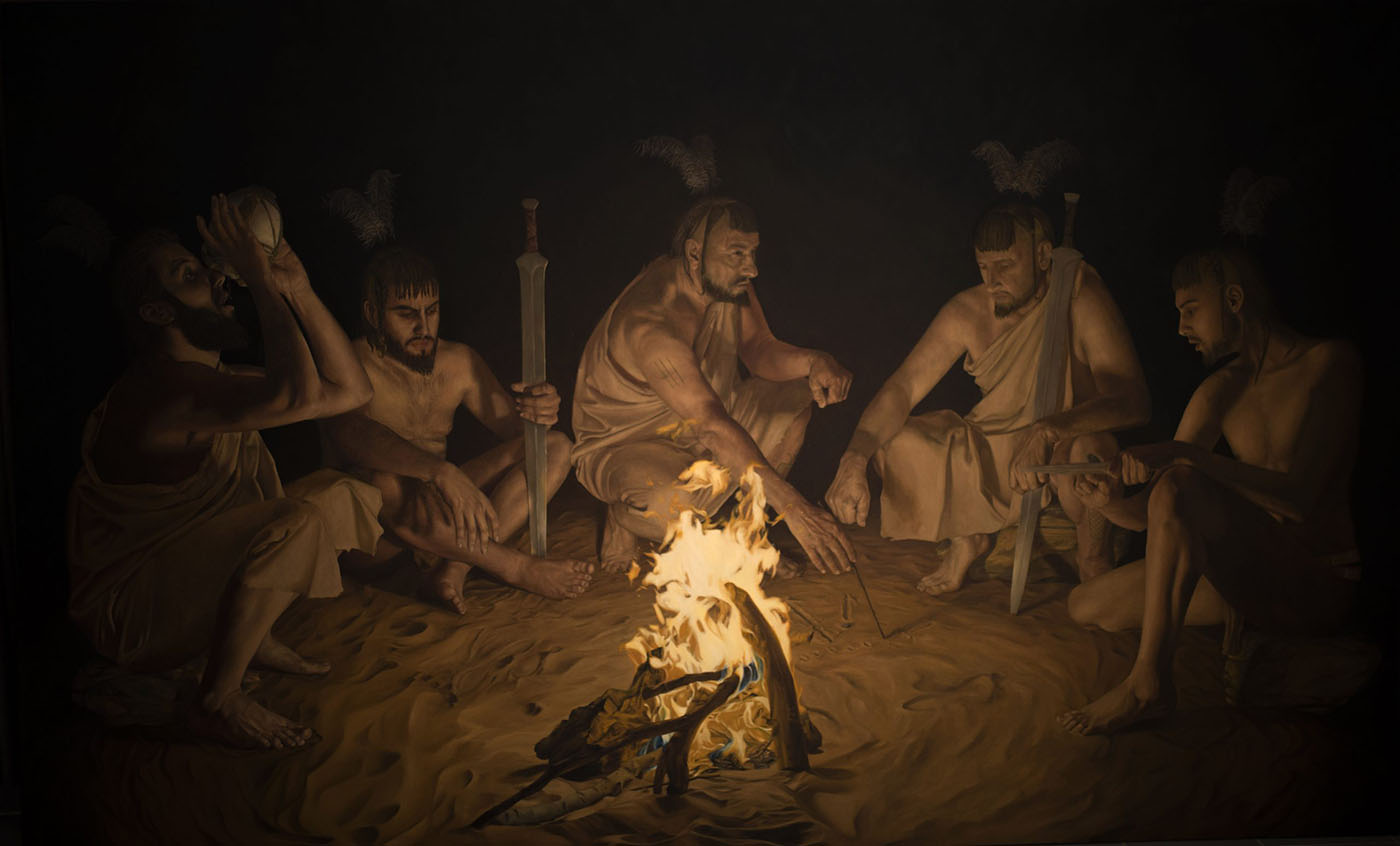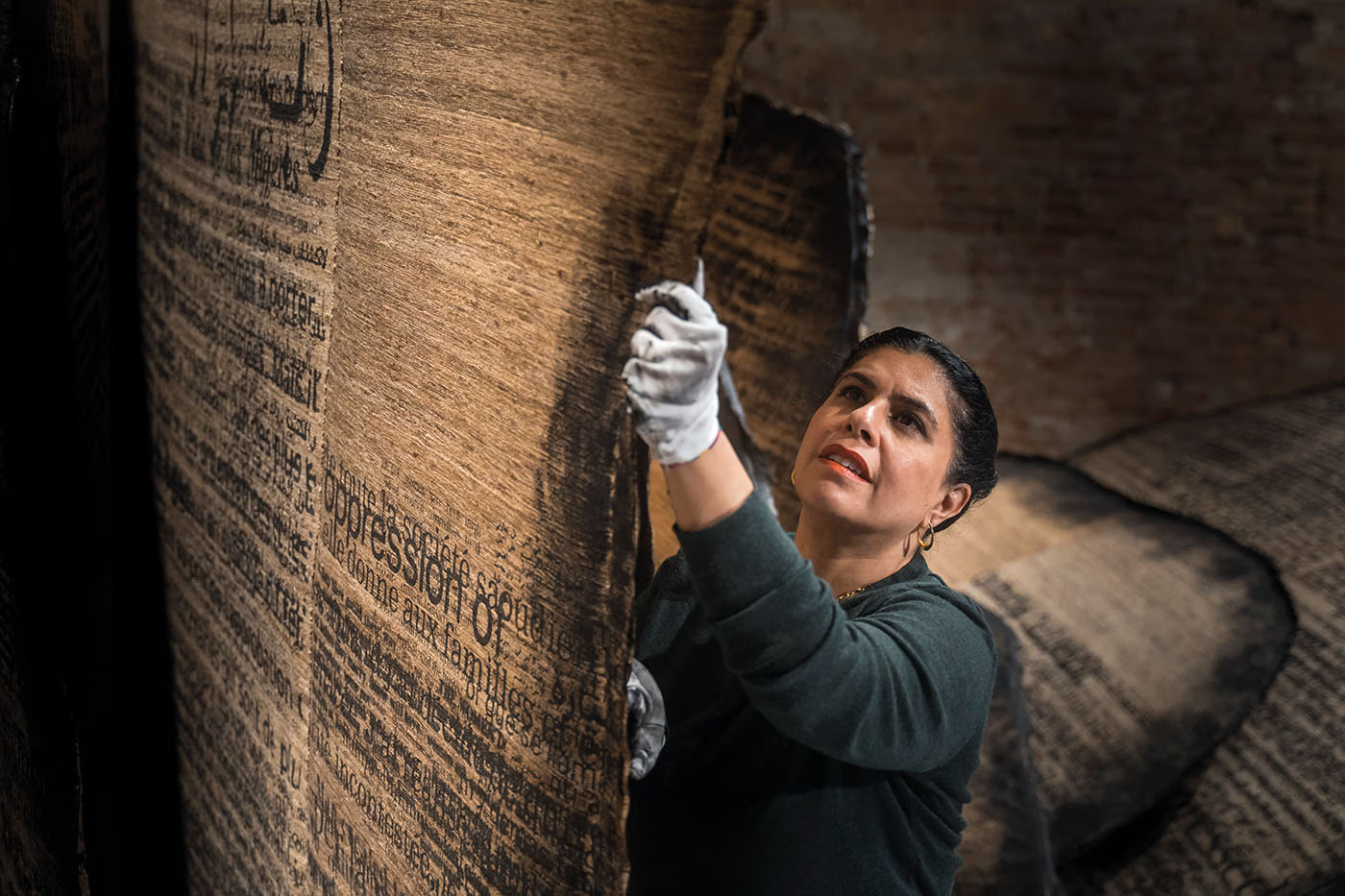
“Forty-five minutes before the preview opening of the Venice Biennale in April, there was already a long line of sleepy people waiting at the Arsenale. Half were elegantly dressed Arab women.
When Saudi artist Manal AlDowayan showed up a few minutes later with a big red smile, she was greeted by a peal of excited squeals. The line scattered, and the artist was cocooned for a group selfie. “They are Manal’s cousins,” explained an amused man in the line.
Most of these women have never been to the Venice Biennale before. It was AlDowayan’s participation that drew them. This was a chance to root for their heroine while enjoying what in Saudi Arabia has become the chicest of activities: art appreciation.”
My second piece interview with Manal has been published on the Saudi Magazine Hadara.
Here is the link to the interview
Read More

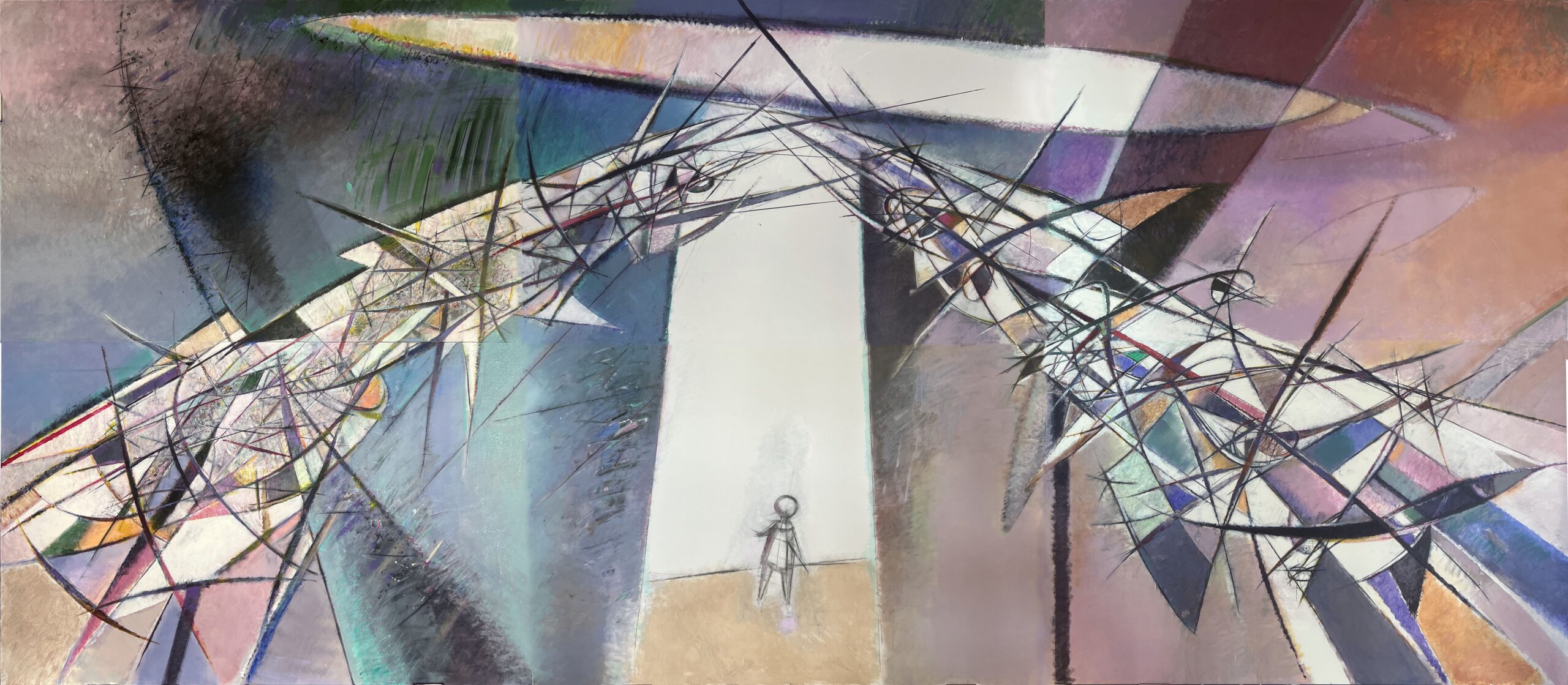

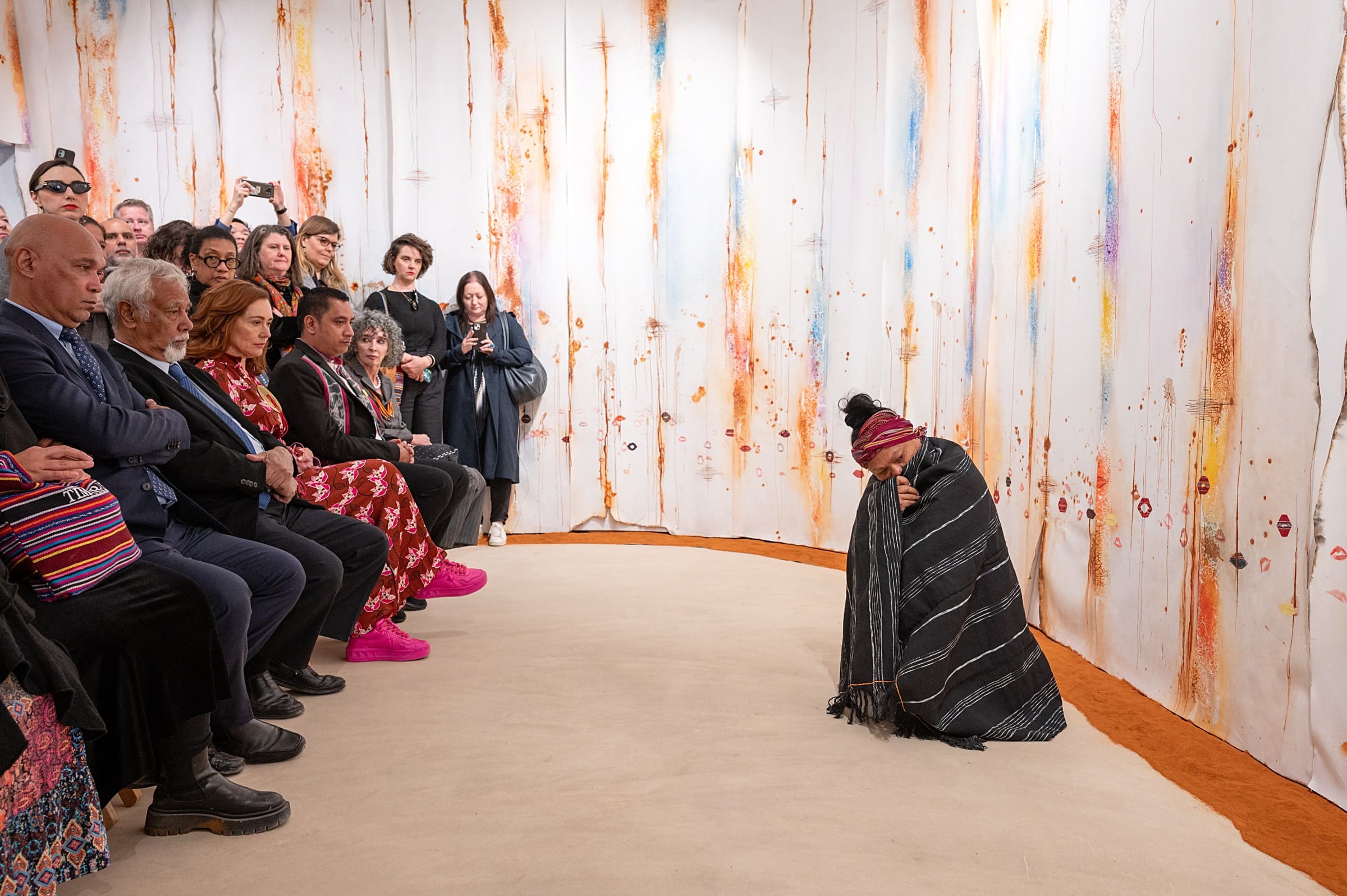
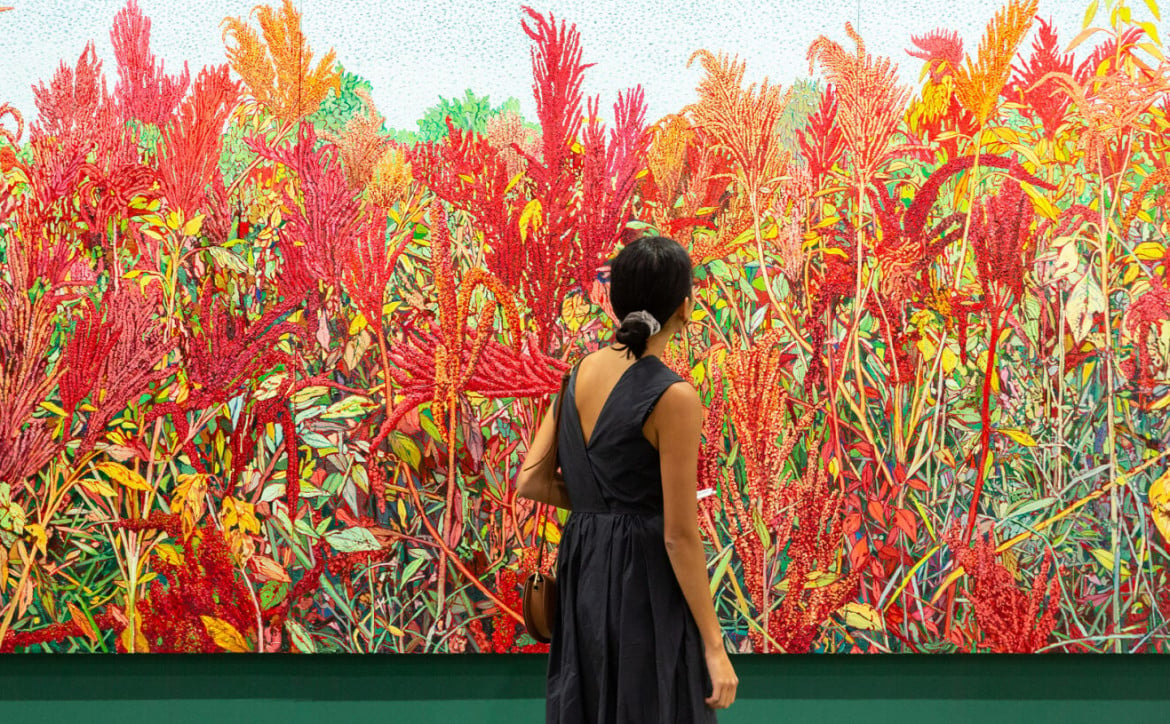
![The "South West Bank" show at Palazzo Mora [Naima Morelli]](https://i0.wp.com/www.middleeastmonitor.com/wp-content/uploads/2024/04/IMG_3287.jpg?fit=1067%2C800&ssl=1)
![Malaysian-Palestinian artist Mandy El-Sayegh .[Photo Abtin Eshraghi. Courtesy of the artist and Lawrie Shabibi]](https://i0.wp.com/www.middleeastmonitor.com/wp-content/uploads/2024/04/Portrait-of-Mandy-El-Sayegh-in-her-studio.-Photo-Abtin-Eshraghi.-Courtesy-of-the-artist-and-Lawrie-Shabibi-1536x1025-1.jpg?fit=1199%2C800&ssl=1)

![Mathaf: Arab Museum of Modern Art in Doha [Naima Morelli]](https://i0.wp.com/www.middleeastmonitor.com/wp-content/uploads/2024/03/030941cf4fa69dd0-photo.jpg?fit=1067%2C800&ssl=1)
